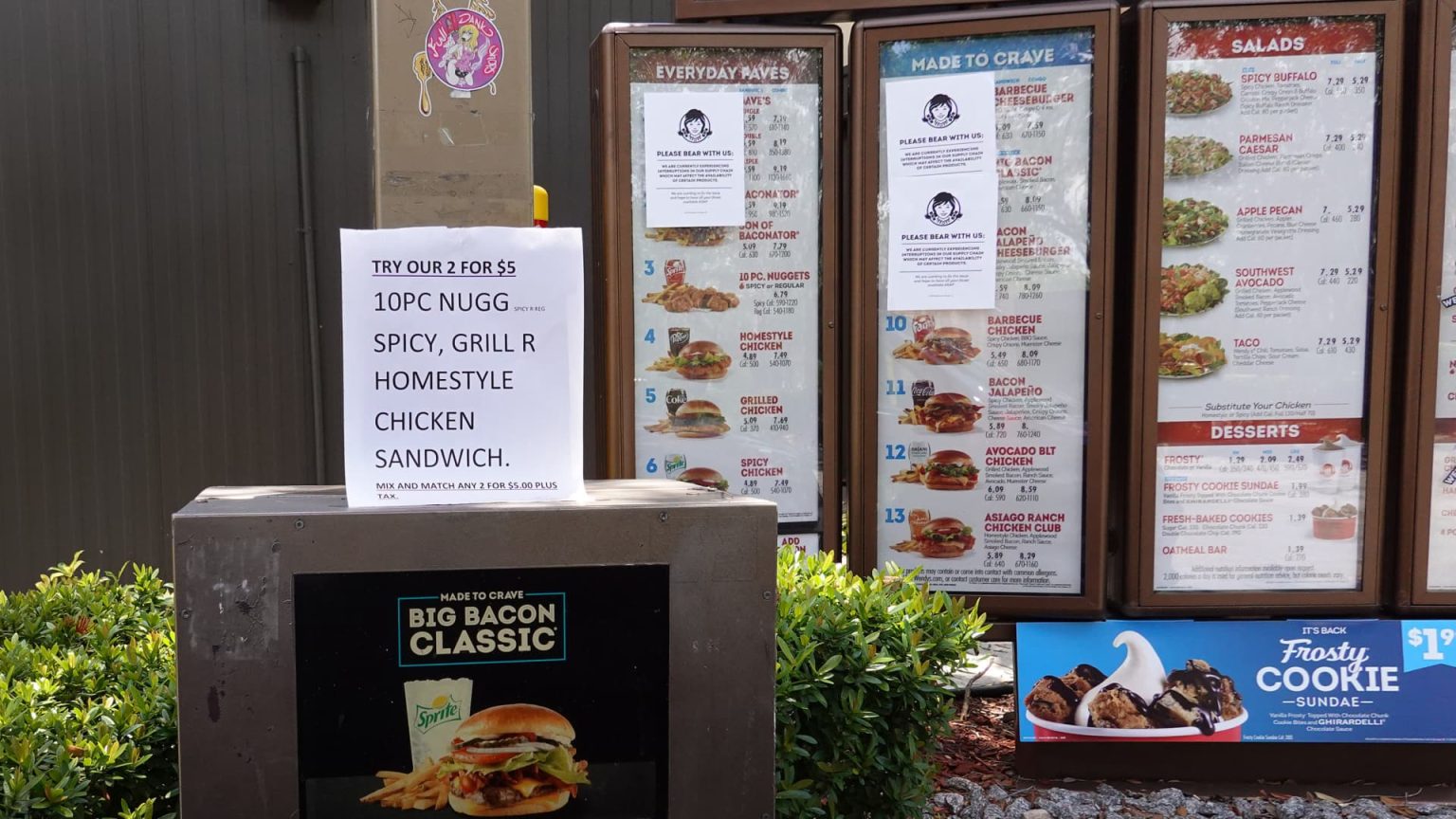Inflation rose as expected in July, driven primarily by higher housing-related costs, according to a recent Labor Department report. The consumer price index (CPI) increased by 0.2% for the month, with the 12-month inflation rate reaching 2.9%. Excluding food and energy, core CPI also saw a 0.2% increase for the month and a 3.2% annual rate. The annual rate is the lowest since March 2021, and the core is the lowest since April 2021. A significant portion of the inflation increase was due to a 0.4% increase in shelter costs, while food prices went up by 0.2% and energy prices remained flat.
Stock market futures were slightly negative following the release of the report, while Treasury yields mostly increased. Although food inflation was soft in July, there were notable increases in certain categories like eggs, which saw a 5.5% rise. In contrast, cereals and bakery items declined by 0.5%, and dairy and related products fell by 0.2%. The overall trend of inflation readings has been gradually returning to the Federal Reserve’s target of 2%. A recent report showed that producer prices rose by 0.1% in July and were up 2.2% year over year.
Federal Reserve officials have indicated a willingness to ease monetary policy in response to the changing economic landscape. Futures market pricing currently suggests an even chance of a quarter- or half-percentage point reduction in interest rates at the upcoming September meeting, with further cuts anticipated by the end of 2024. The combination of easing inflation and concerns about a slowing labor market has increased the likelihood that the Fed will cut rates for the first time since the early days of the Covid crisis. Investors are closely watching both inflation and employment data for signals of the Fed’s next moves.
The latest CPI report highlights the persistent nature of inflation in some areas, despite an overall decrease. While headline inflation reached 3% in June, the July report showed some moderation in inflation rates. However, certain categories continue to show sticky inflation, indicating ongoing challenges in controlling price levels. The combination of easing inflation, concerns about a slowing labor market, and the potential for interest rate cuts in the near future creates uncertainty for investors and policymakers alike.
Overall, the CPI report for July provides insights into the current state of inflation and its implications for monetary policy. While the headline inflation rate has decreased, core inflation remains relatively high, suggesting ongoing challenges in certain sectors. The Federal Reserve’s willingness to ease monetary policy in response to economic conditions adds another layer of complexity to the situation. Investors will be closely monitoring inflation and employment data in the coming months to gauge the Fed’s future actions and their impact on the economy.













